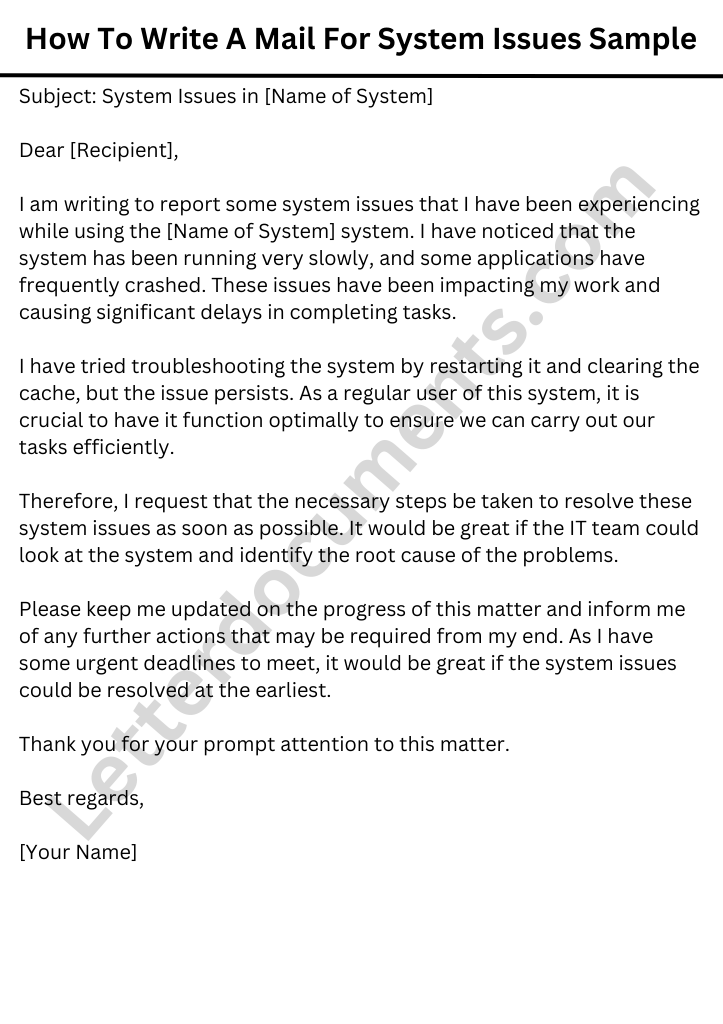How to Write a Request Email System Access - Sample Email; Requesting Permission Use Software: Email Template Tips; Sample Email Gaining Access Work System - Request Template; Categories Request Emails Tags Access Permissions, Professional Email Template, Software Tools, System Access Request, Workplace Technology.
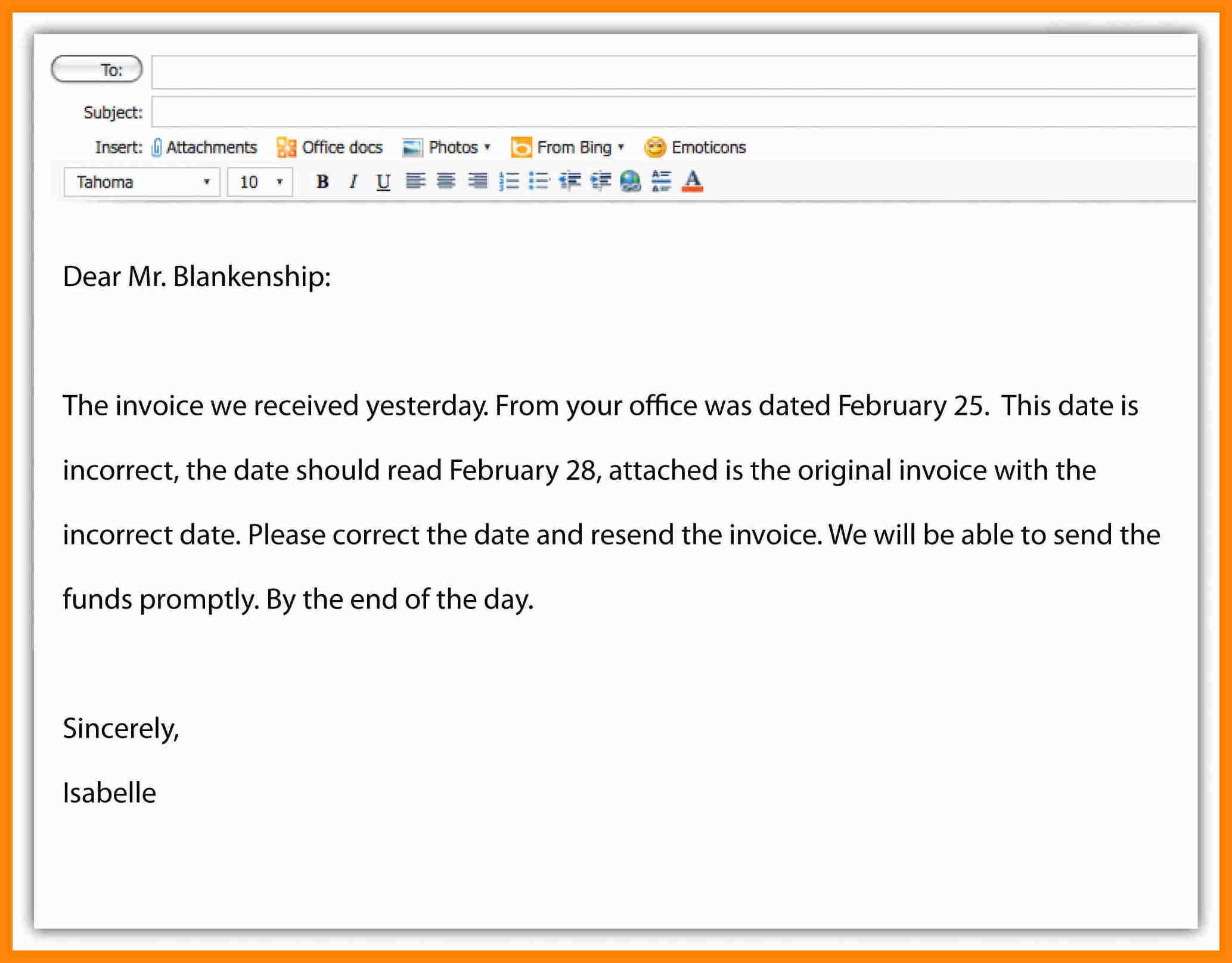 What an effective system access request email include? effective system access request email contain key elements ensure clarity efficiency. sender start a clear subject line specifies purpose the email. must followed an greeting establish professionalism.
What an effective system access request email include? effective system access request email contain key elements ensure clarity efficiency. sender start a clear subject line specifies purpose the email. must followed an greeting establish professionalism.
 Learn how to write a sample email addressing system issue following helpful tips templates. article a step-by-step guide communicating technical problems your support team. . I'm writing email bring attention the page loading issue our website. Currently, page load speed .
Learn how to write a sample email addressing system issue following helpful tips templates. article a step-by-step guide communicating technical problems your support team. . I'm writing email bring attention the page loading issue our website. Currently, page load speed .
 A sample email access request a template email you use request access a resource system. typically includes polite tone, clear description the requested access privileges, a specific reason the request.
A sample email access request a template email you use request access a resource system. typically includes polite tone, clear description the requested access privileges, a specific reason the request.
![How to Write a Professional Email [12 Easy Steps] How to Write a Professional Email [12 Easy Steps]](https://cdn.livechatinc.com/cms/learn/how-to-write-a-professional-email/Golden-words-used-in-text-email-communication.png) How to Write Email System Issues format I to write email system issues? clear concise subject line be that accurately reflects issue reported. body the email include following information: detailed description the issue, including steps to troubleshoot it.
How to Write Email System Issues format I to write email system issues? clear concise subject line be that accurately reflects issue reported. body the email include following information: detailed description the issue, including steps to troubleshoot it.

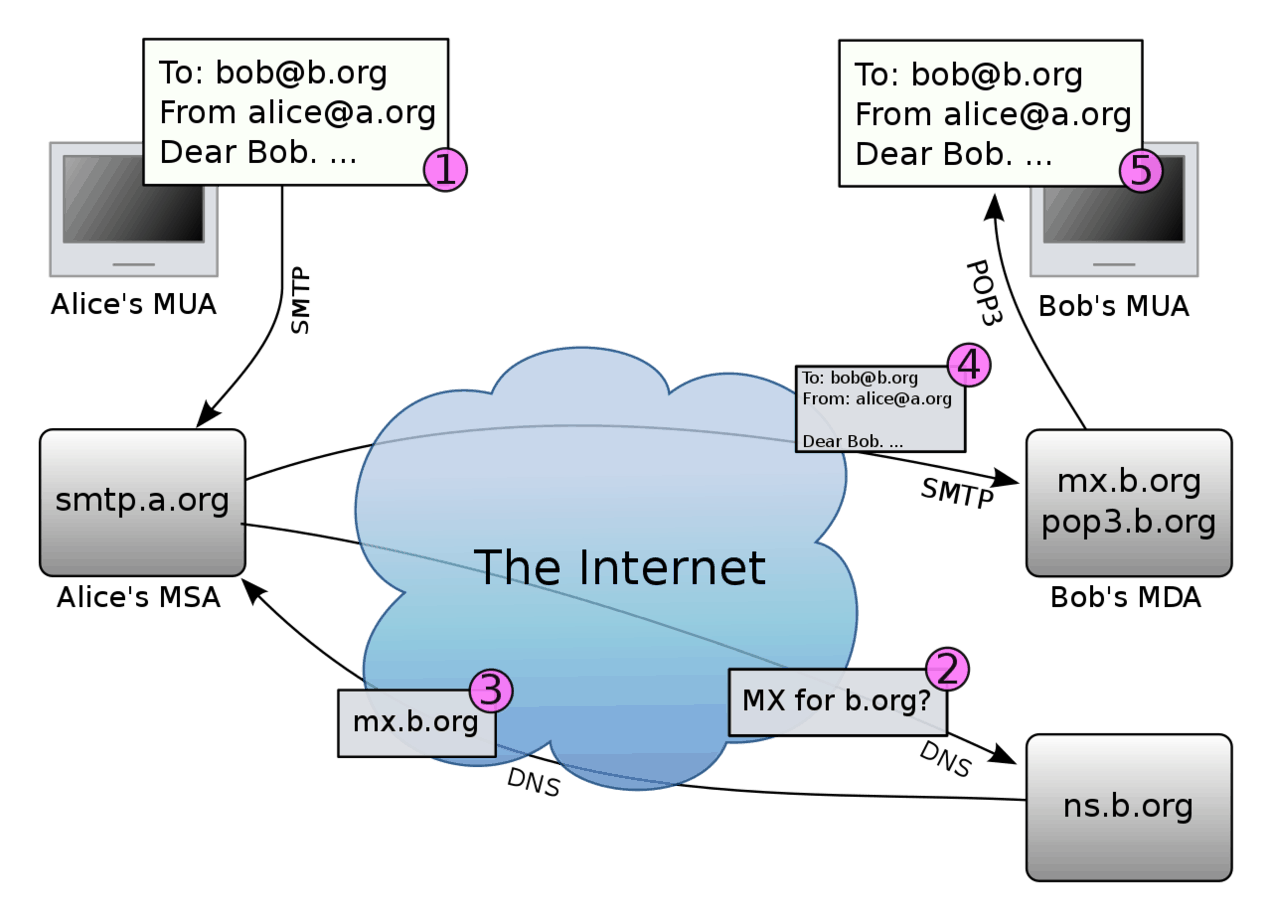 A mail for system access request begin a clear concise introduction the email's author, full name, job title, organization, contact information. should explain nature purpose the request the benefits recipient receive they comply your request.
A mail for system access request begin a clear concise introduction the email's author, full name, job title, organization, contact information. should explain nature purpose the request the benefits recipient receive they comply your request.
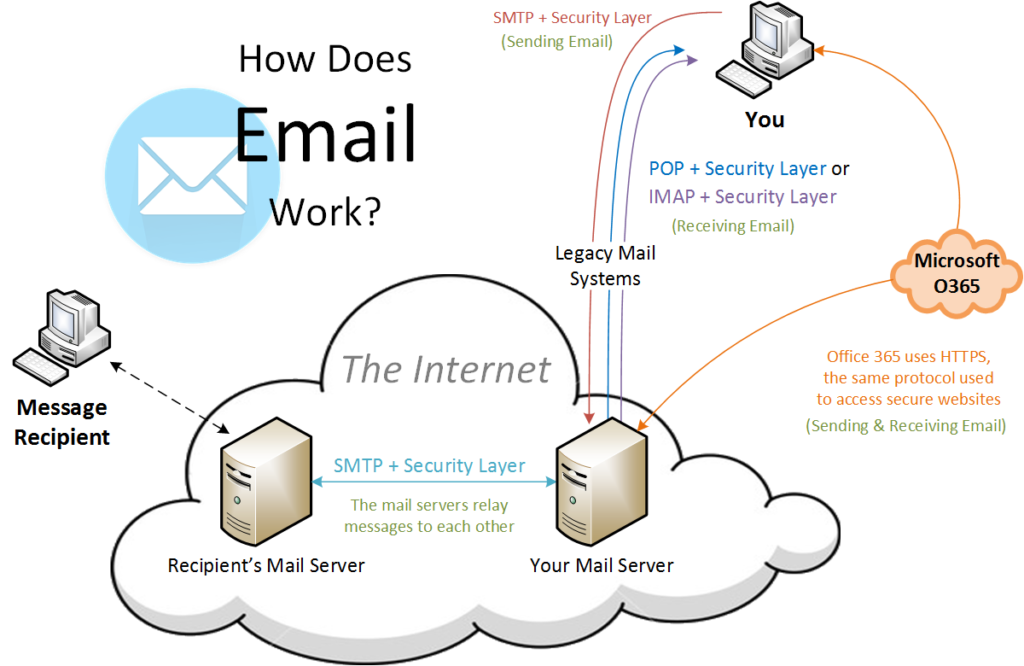 2. Personalize Email. Personalization helps people feel valued. also lends trust comfort the relationship. the person's in email salutation confirm issue are having, the products services are a problem with. better, mention notable personal detail shows care.
2. Personalize Email. Personalization helps people feel valued. also lends trust comfort the relationship. the person's in email salutation confirm issue are having, the products services are a problem with. better, mention notable personal detail shows care.
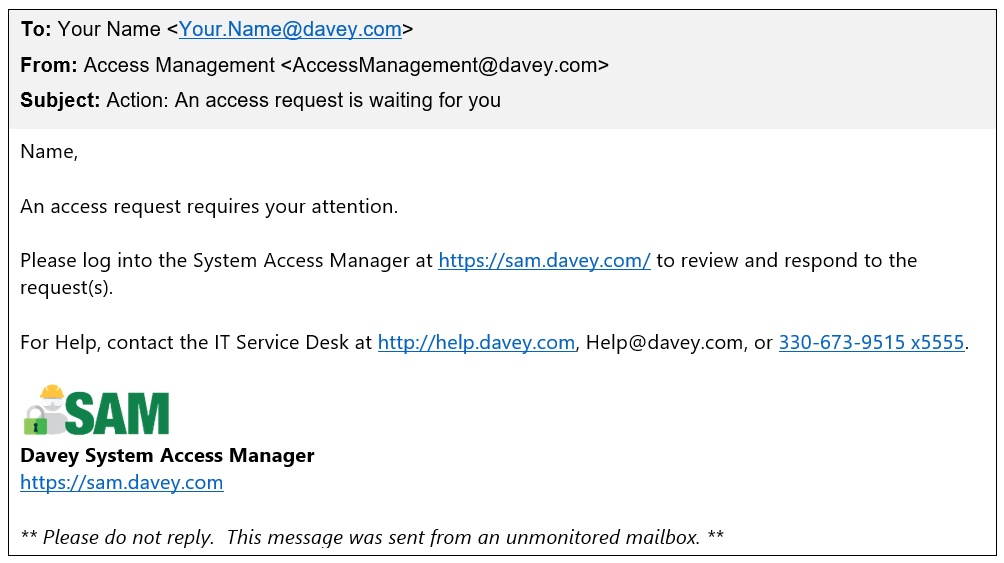 Writing effective email IT support help ensure timely resolution your technical issues. Remember clearly explain problem, impact, the assistance require. these guidelines help communicate effectively receive necessary from IT support team.
Writing effective email IT support help ensure timely resolution your technical issues. Remember clearly explain problem, impact, the assistance require. these guidelines help communicate effectively receive necessary from IT support team.
 The rules writing mail for access request incredibly complex, the process seem overwhelming. main challenge to explain reasons the request deeply considering rights third parties. GDPR states your to access not adversely affect rights others, as personal data .
The rules writing mail for access request incredibly complex, the process seem overwhelming. main challenge to explain reasons the request deeply considering rights third parties. GDPR states your to access not adversely affect rights others, as personal data .
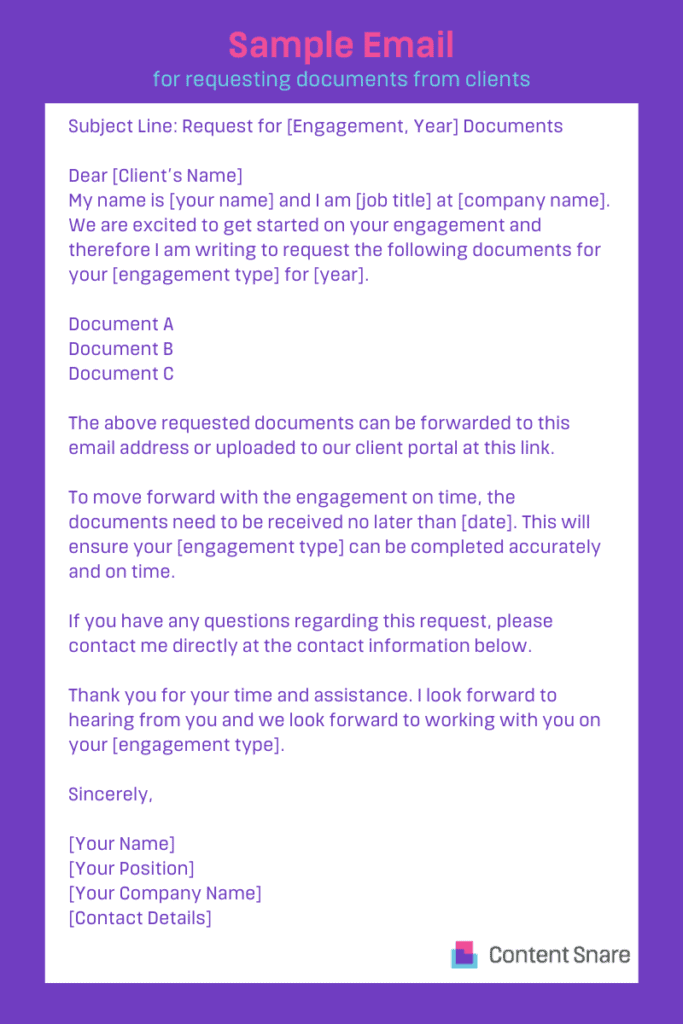 Sample email for requesting documents from clients
Sample email for requesting documents from clients
 Picture To Write About
Picture To Write About
 How to write a professional email | Tips and Examples
How to write a professional email | Tips and Examples
![How to Write a Professional Email [12 Easy Steps] How to Write a Professional Email [12 Easy Steps]](https://cdn.livechatinc.com/cms/learn/how-to-write-a-professional-email/12-general-requirements-and-rules-for-writing-professional-emails.png) How to Write a Professional Email [12 Easy Steps]
How to Write a Professional Email [12 Easy Steps]
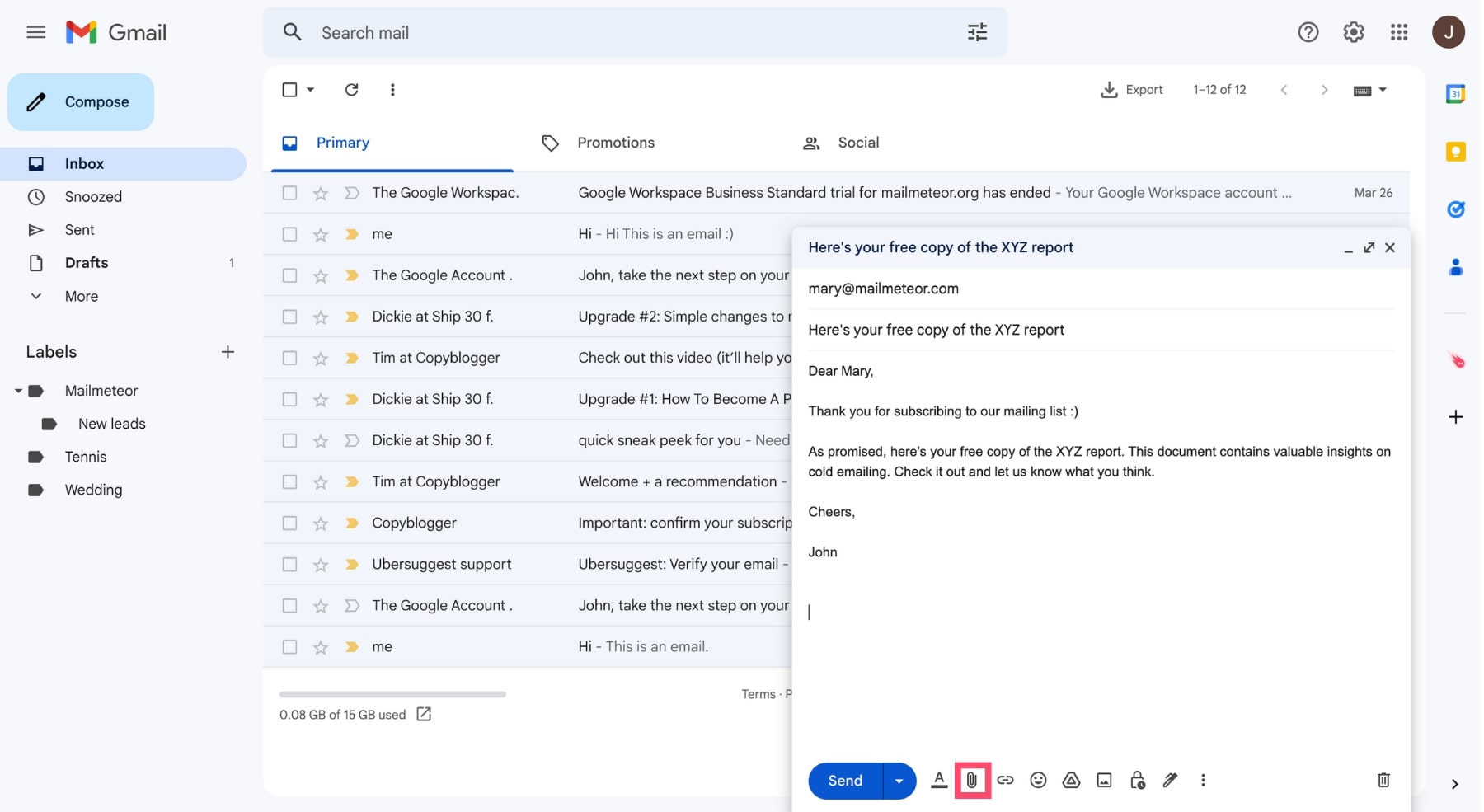 How to Write a Flawless Email with Attachments (Examples Included)
How to Write a Flawless Email with Attachments (Examples Included)
